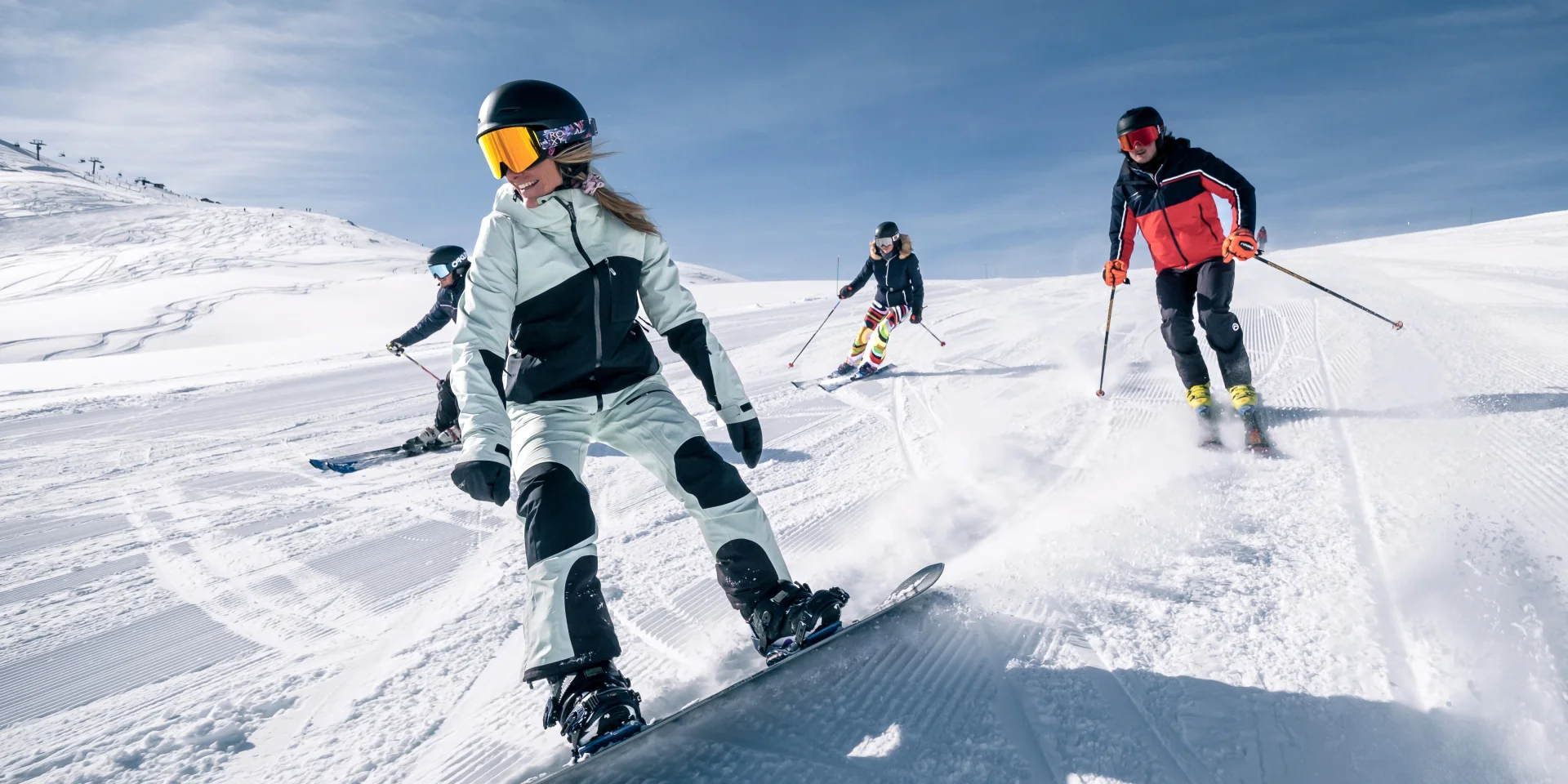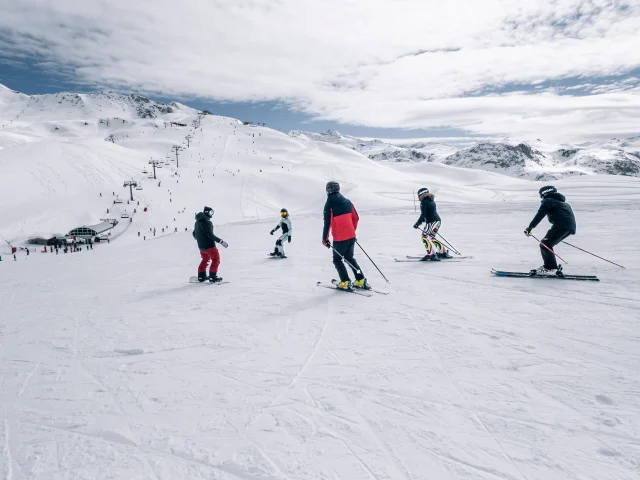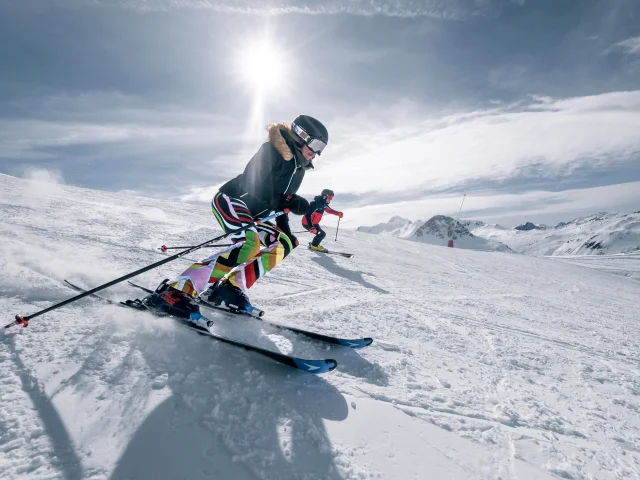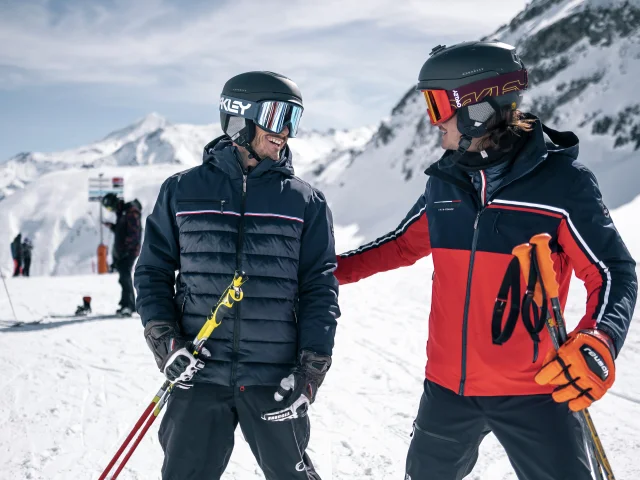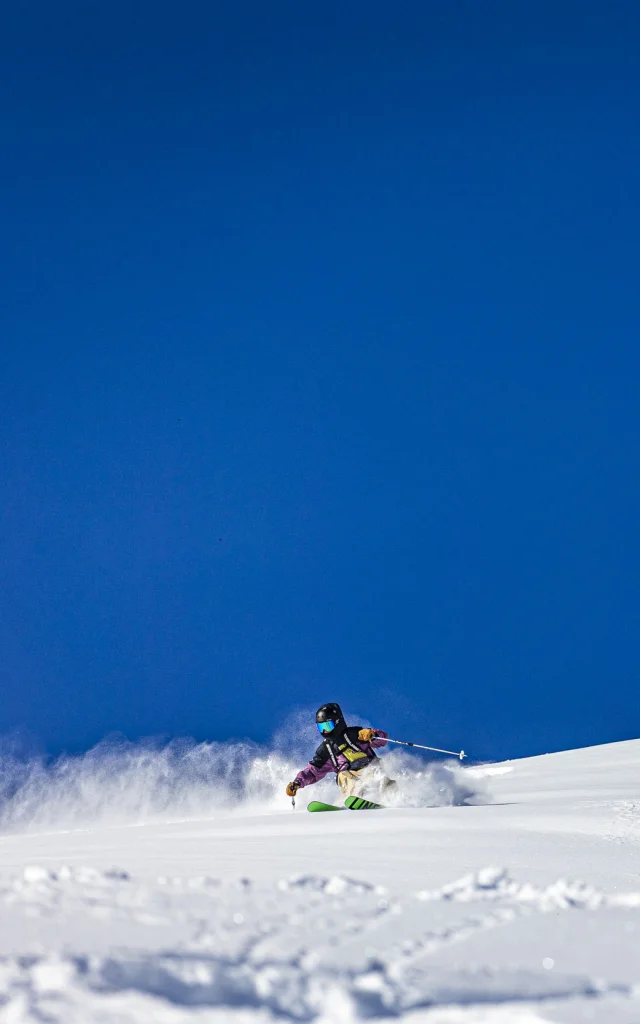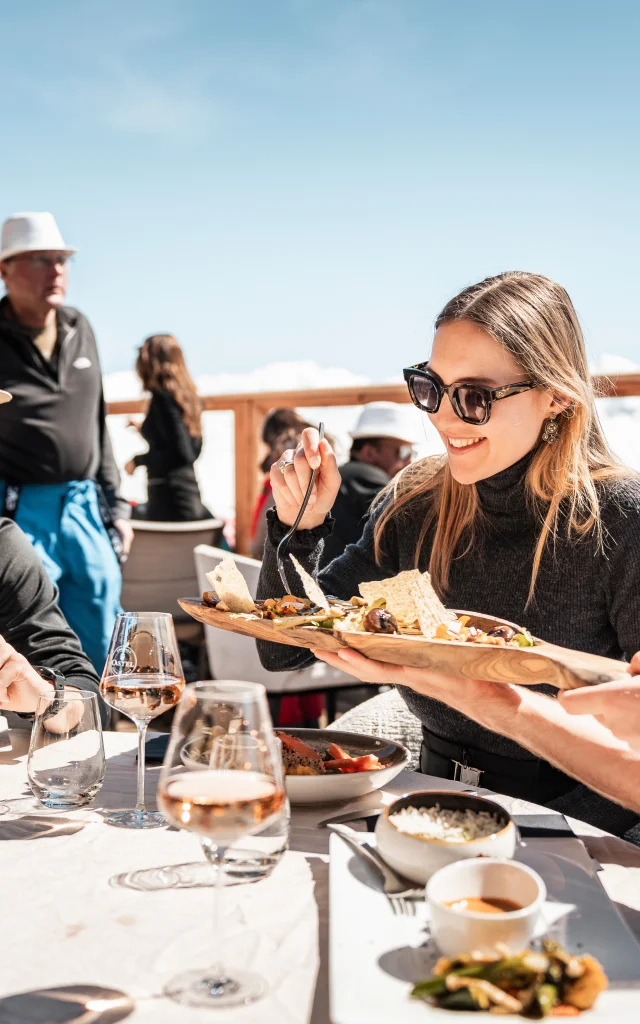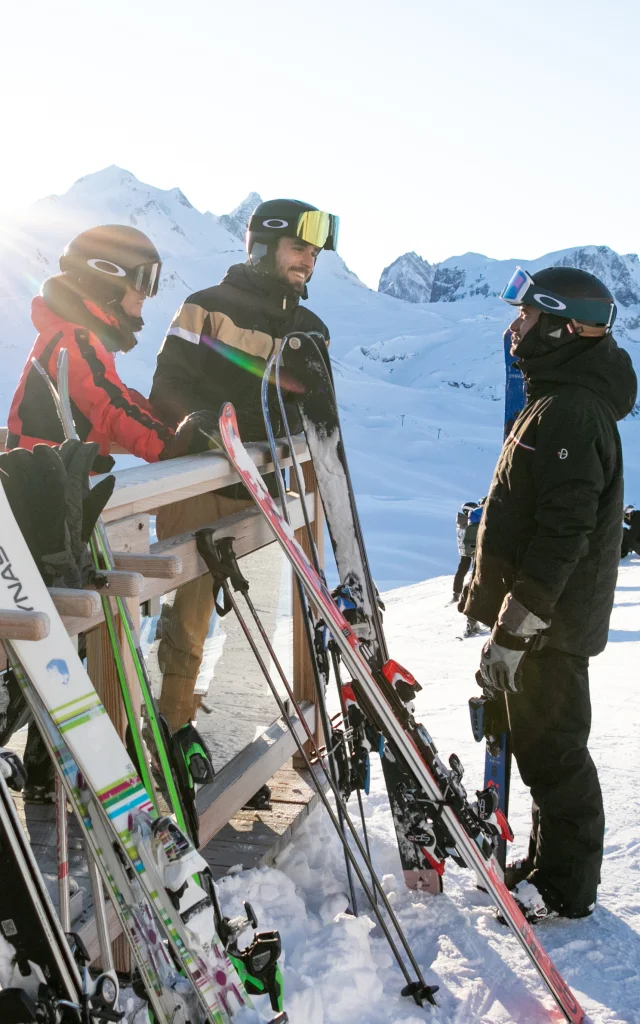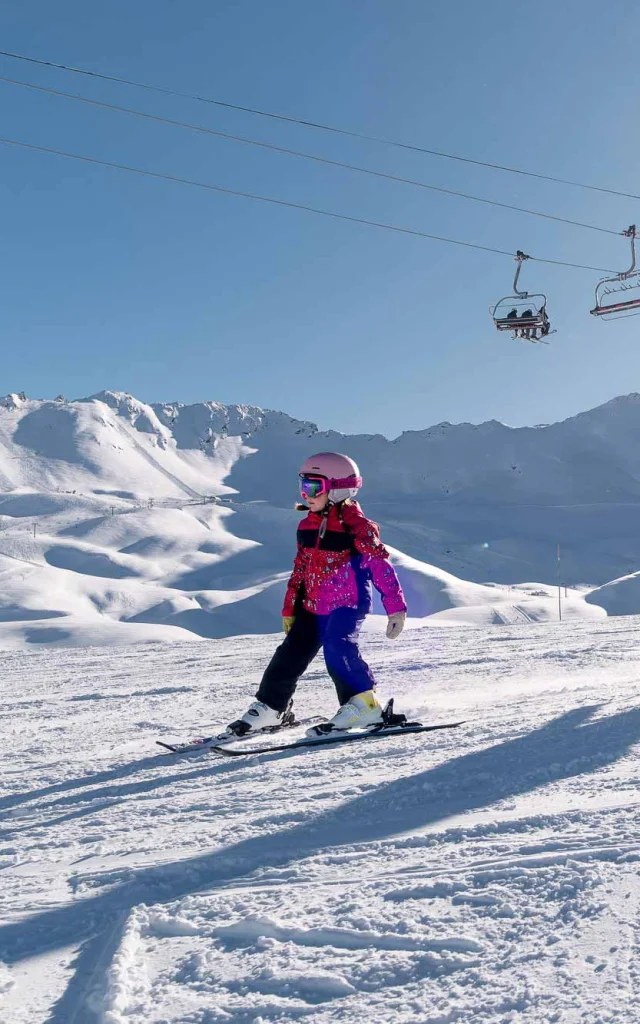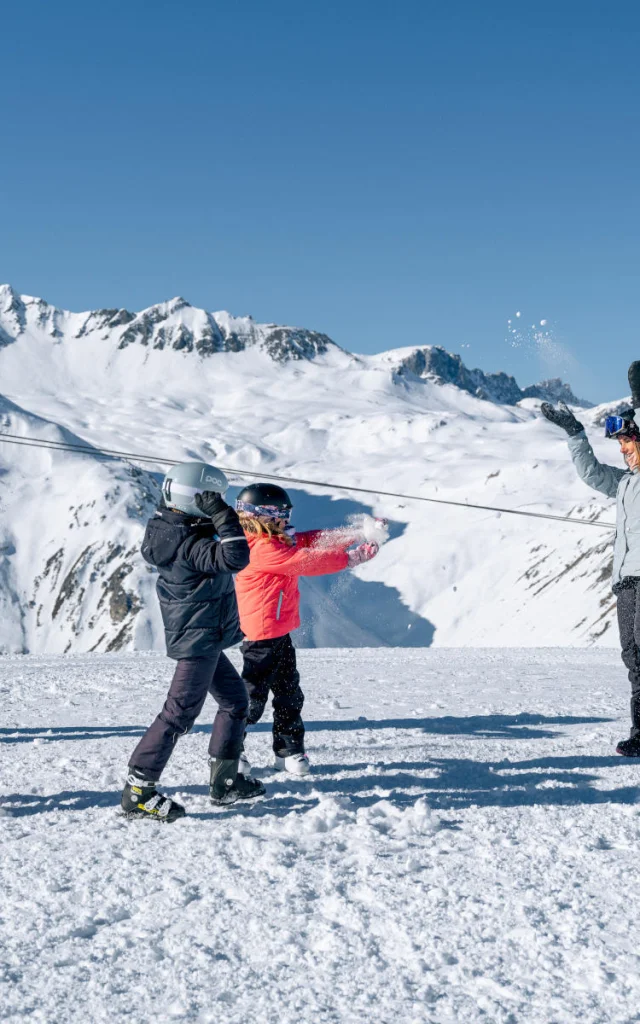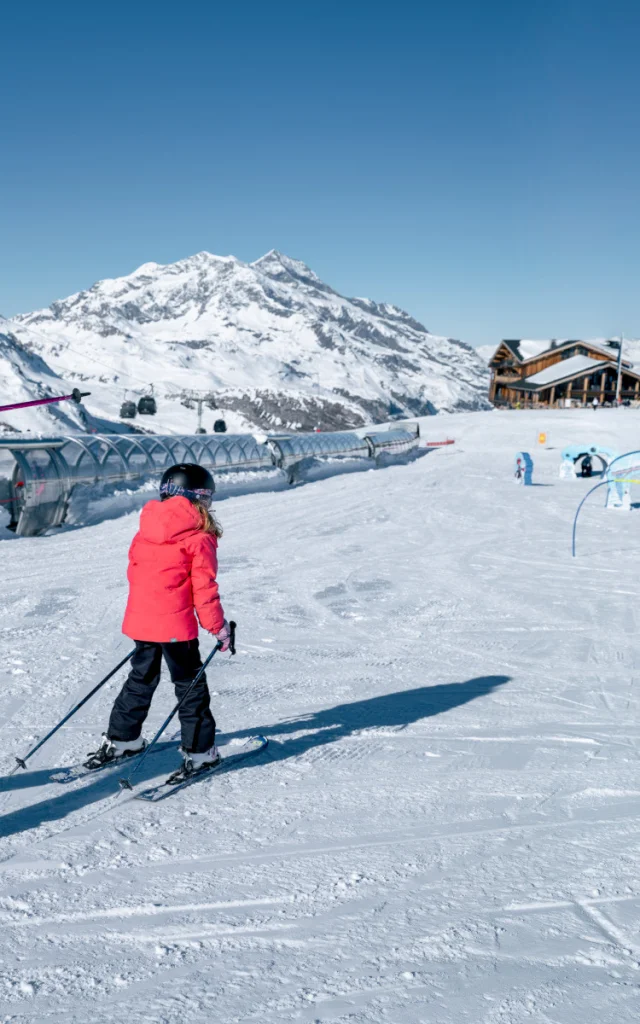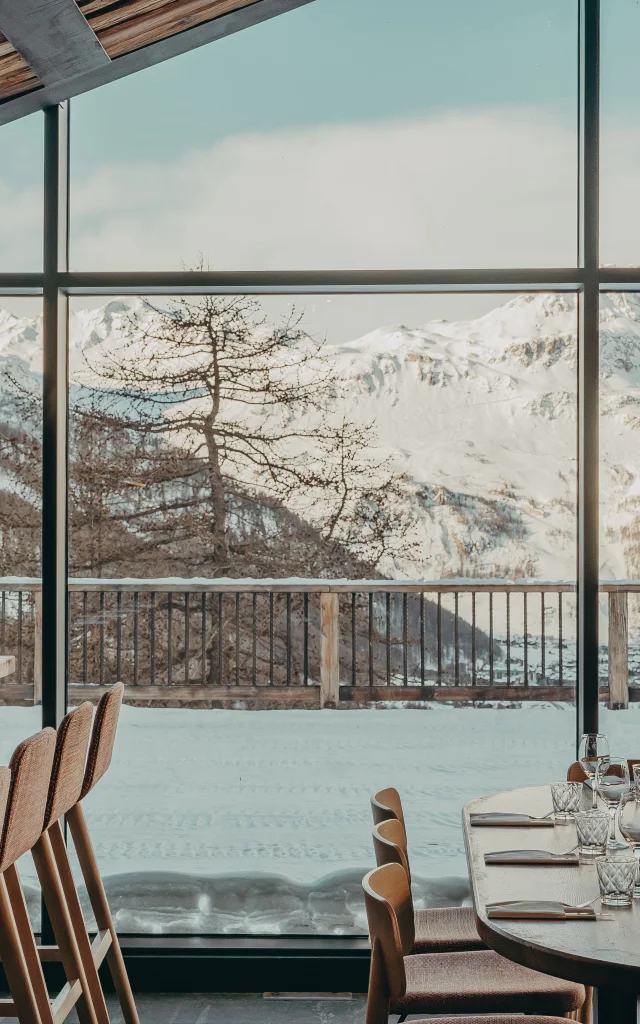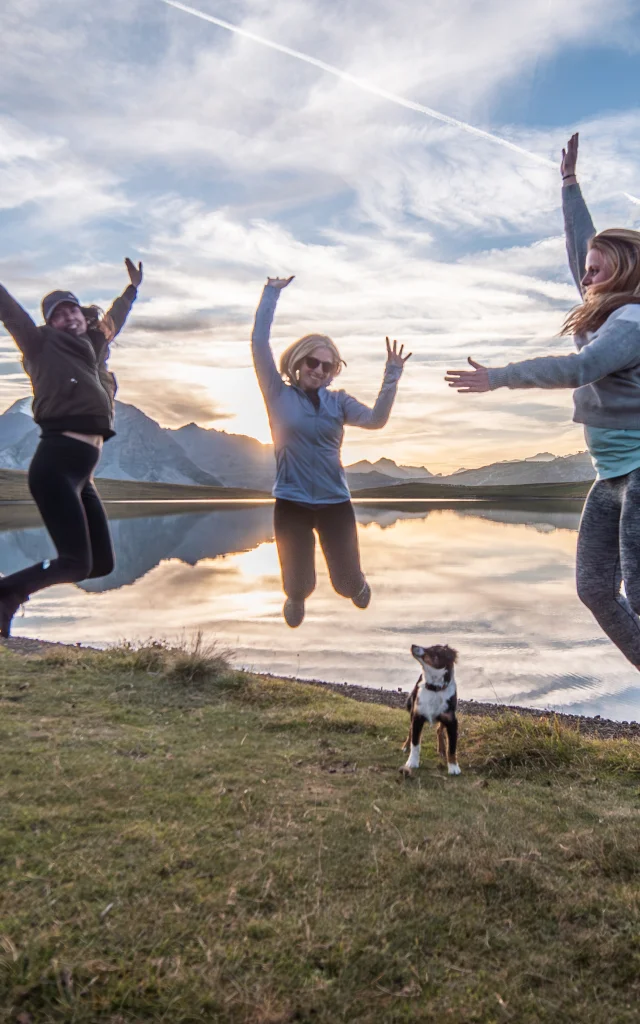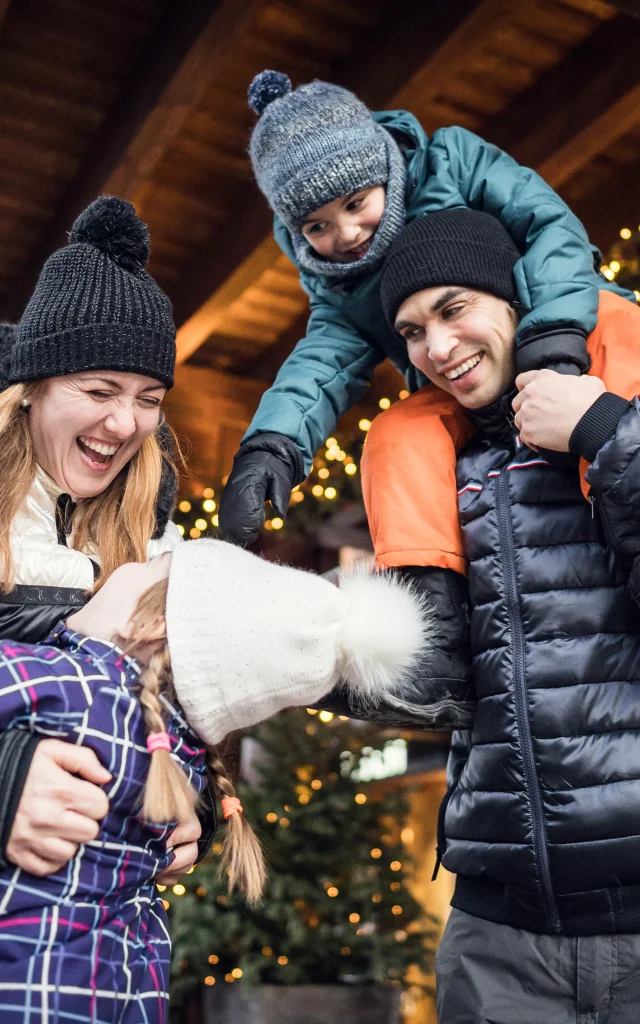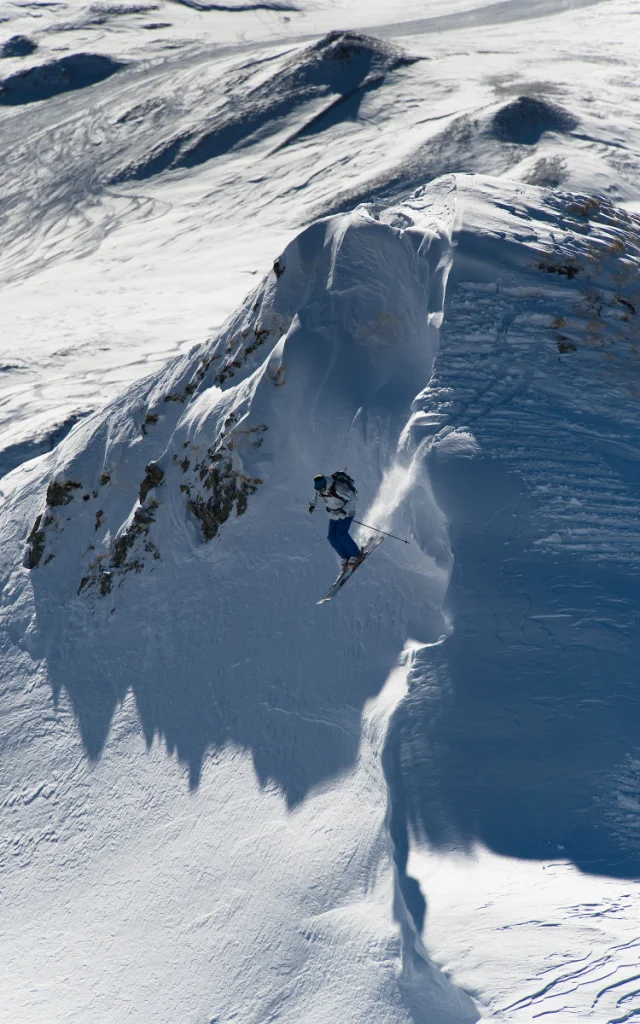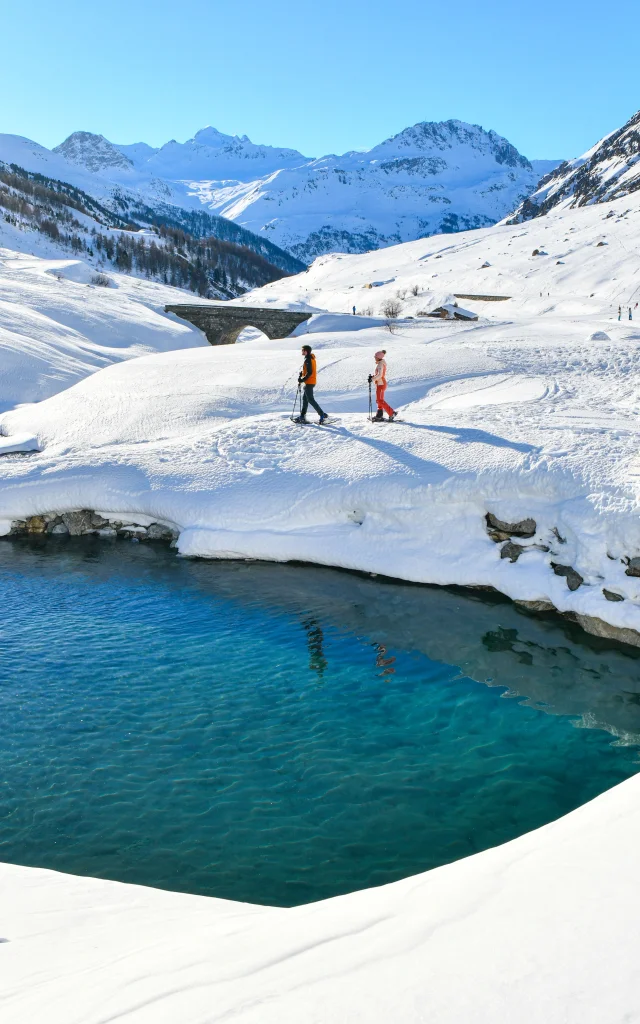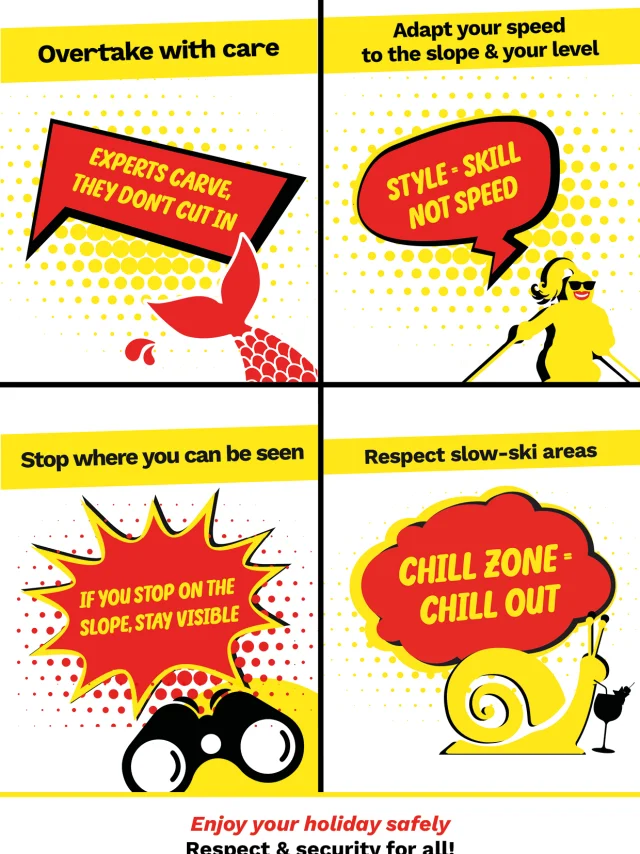 X4 Prevention A4 En
X4 Prevention A4 EnCode of Conduct
1. Control of speed when skiing or snowboarding
A skier or snowboarder must stay in control. He or she must adapt their speed and manner of skiing or snowboarding to their personal ability and to the prevailing terrain. In other words, do not schuss down a slope at full speed in the middle of the February holidays, especially if you haven’t yet mastered stopping. Skiers must take their level into account and not try at all costs to follow their friends who are more experienced skiers…
2. Stopping
The skier or snowboarder must avoid stopping in narrow places or where visibility is restricted. After a fall, they must move clear of the slope as quickly as possible. Do not stop behind a mogul, for example, as this could end in disaster if another skier or snowboarder approaches at high speed.
3. Respect the skiers you overtake
A skier or snowboarder may overtake another skier or snowboarder above or below and to the right or to the left provided that they leave enough space for the overtaken skier or snowboarder to make any voluntary or involuntary movement, as in the case of a vehicle overtaking a cyclist.
4. Respect quiet zones
Beginner areas are designated spaces for skiing in a calm and safe environment.


